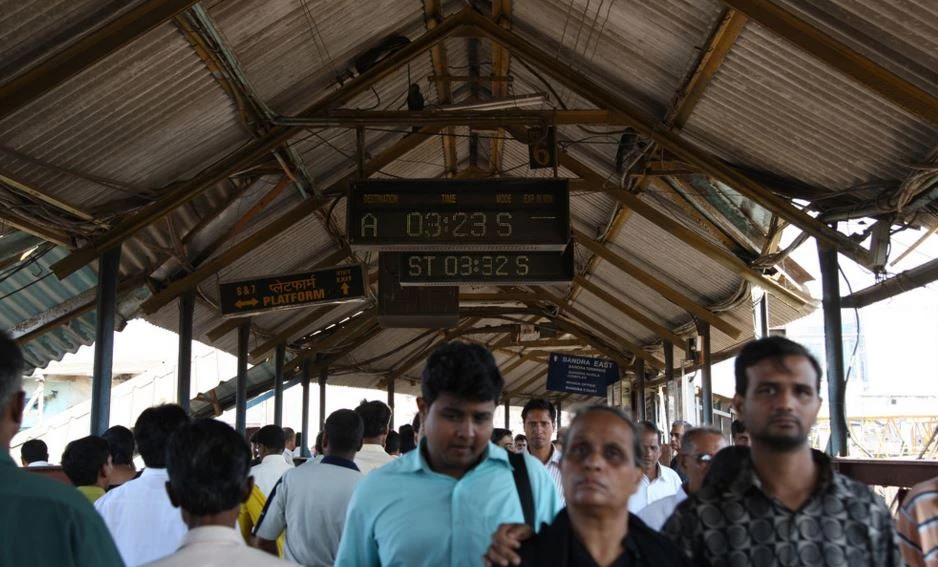
India and Pakistan are urbanizing at remarkably rapid rates. India’s urban population has increased from less than 20 percent of its overall population in 1951 to more than 30 percent today. In Pakistan, the share of the urban population—well under 20 percent in the 1960s, is more than a third today.
This urbanization will continue well into the future. According to UN estimates, India’s urban population is expected to add 404 million people by 2050—nearly as many people as the country’s current urban population of 410 million. And by 2030, four of India’s cities with 5 to 10 million residents are expected to become megacities. This means that in less than 15 years, India will boast seven cities of over 10 million people. Overall, the share of India’s urban population is expected to increase from 32 percent in 2014 to 50 percent in 2050.
Pakistan, meanwhile, is expected to see its urban population rise from 38 percent of its overall population in 2014 to nearly 60 percent in 2050, according to the UN. It is projected to add more than 50 million urban residents by that year—significantly fewer people than India, yet a strikingly high figure for a nation with an overall population of about 200 million today.
Additionally, if urbanization figures are calculated based on density-based definitions—meaning that high-population areas outside formally designated cities are classified as urban—then the above figures are even higher. Pakistan would be classified as up to 65 percent urban today, and India about 50 percent.
In both countries, the core drivers of urbanization are the same. One is a natural increase in the general population. The other is rural-to-urban migration, which happens for various reasons—a desire for better basic services, a wish to join family members, and the need to flee natural disaster or conflict.
Another major reason for rural-to-urban migration in India and Pakistan is employment. In the countryside, a perfect storm of factors—insufficient investment in agriculture, crime and violence, land and water shortages—has undercut job prospects for fishermen, farmers, and others involved in rural sectors.
Indian and Pakistani cities provide tantalizing employment opportunities. Research by McKinsey estimates that in India, cities could generate 70 percent of net new jobs created up to 2030. In Pakistan, cities are the chief location for small and medium enterprises (SMEs), which provide the vast majority of Pakistan’s non-agricultural jobs, and for high-growth industries like IT. Additionally, in both countries, rapidly developing cities mean strong demand for construction workers.
And yet, an urban employment bonanza is far from assured. There are concerns that neither country will be able to successfully accommodate such a big surge in demand for jobs, despite the many employment opportunities that beckon in cities. On a basic level, such large infusions of new urban residents could mean that demand simply exceeds supply. To put this in context, consider what job seekers face in Pakistan, a nation, like India, that boasts a very young population. Economists have predicted that Pakistan will require 9 percent GDP growth to successfully employ its under-20 population of approximately 90 million people.
However, current growth stands at less than 5 percent. More to the point, masses of young urbanites in Pakistan—living in a country of about 200 million, with about two-thirds under the age of 30—confront a job market that, on a national level, creates less than a million new jobs per year.
Additionally, to be competitive in job markets, and particularly in those in urban areas, job seekers must be properly educated and trained. And yet in Pakistan, only about 15 percent of 15-to-29 year-olds have completed secondary school, and less than 6 percent have received technical and vocational education or training. In India, millions of children go through the education system without mastering basic writing, reading, and math skills. India also has less than 15,000 training schools—in a country that, according to its government, must train 500 million young people by 2022.
This doesn’t even get to the shortages of housing, water, and electricity that afflict both countries’ largest cities. When people lack basic services, they may suffer from illnesses that can in turn compromise their competitiveness in urban job markets.
India and Pakistan have good reasons to boast about the boost that their rapidly growing cities can provide for their economies.
And yet for urbanization to be a true boon for employment, policymakers in both countries will need to address major challenges in the areas of education, labor economies, and basic service provision.
Follow the World Bank Jobs group on Twitter @wbg_jobs


Join the Conversation